 Credits: Sepia Lane HT Dots and Green Papers; Simply Kelly Christmas Treasure Kit Cream Scalloped paper; Flower, Frame elements and paper 3 from Sus Design Let’s Scrap Kit; Scrap with Brooke polka dot papers; Paper 1 from Studio Tangie All That is Best Kit
Credits: Sepia Lane HT Dots and Green Papers; Simply Kelly Christmas Treasure Kit Cream Scalloped paper; Flower, Frame elements and paper 3 from Sus Design Let’s Scrap Kit; Scrap with Brooke polka dot papers; Paper 1 from Studio Tangie All That is Best Kit
This beautiful highland lake, wedge in the valley between two mountain ranges of Central Myanmar, was the reason why we found ourselves in Nyaung Shwe.
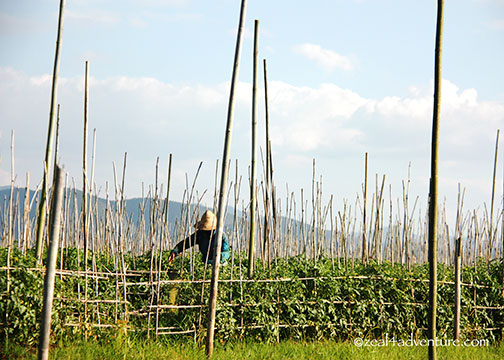
In 2015, UNESCO designated Inle Lake the country’s first biosphere reserve. This sanctuary was established in 1985 to protect and conserve the natural vegetation, wetland birds, and fresh water fishes.

Inle Lake is known for water birds and migratory birds and for the floating agriculture farms of the lake. The locals, known as Inthas, learn to fish from the age of 13 and generally continue until they are around 75 years old.
 Using just one leg to balance on the front of the boat, these skillful fishermen use the other leg to guide their conical nets through the freshwater lake.
Using just one leg to balance on the front of the boat, these skillful fishermen use the other leg to guide their conical nets through the freshwater lake.
Inle Lake has become a popular tourist destination, with visitors flocking to photograph the fishermen who still use an age-old technique for catching fish in the shallow water.

Floating Gardens and Fishing Villages
The expansive lake is 116 square kilometers wide and is home to some 70,000 Inthas living in numerous villages along the lake’s shores and on the lake itself.

The communities are settlements made up of stilted, stationary structures sitting above the water.

They are connected to form channels navigated by long dugout boats.

They grow crops in floating gardens, making use of traditional hydroponic methods. It is a fascinating and unusual technique that showcases Burmese creativity and tenaciousness, as it is not an easy task.

The farmers gather up weeds from the bottom of the lake and make them into floating beds in their garden areas, secured in position using bamboo poles.
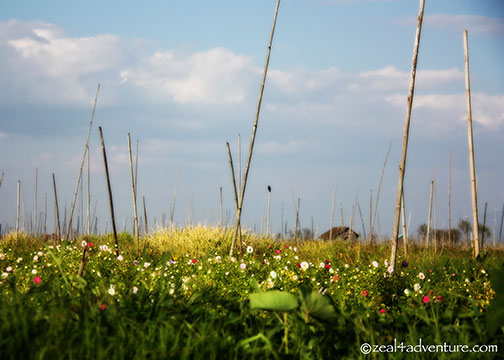
Depending on the season, they grow flowers, tomatoes, squash and other fruits and vegetables. You will see farmers paddling up and down between the rows tending to their crops.
Boat Excursion
The tranquil lake is a great way to decompress after the hot and dusty excursions throughout the country, and the best way to explore the lake is to choose a longboat, sit back and float wherever your guide takes you.
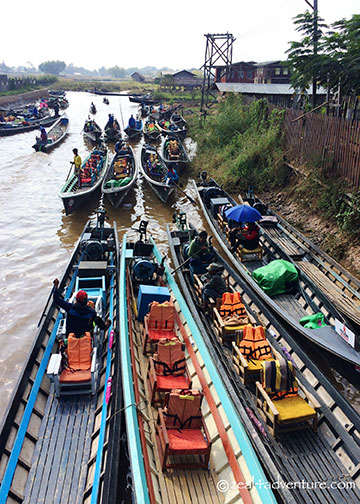
Never mind that it may seem like a tourist trap to many. The workshop stops along the way, in my opinion, is part of the charm.

Some may look too touristy and may have been set up for such, but they are nice breaks to stretch your legs and meet the locals. Having said that, here are some notable stops.
Lotus Weave Workshop
Lotus plants flourish and grow in abundance on the pristine water of Inle Lake, yielding lovely blooms and healthy stems needed to create fibers for lotus weaving. The workshop is set up in such a way that visitors can be guided through the process chronologically –

how fibers are extracted from the stem to how the thread is spun using a spindle.

All done by hand. The process is tedious, a scarf will require 4,000 lotus stems and may take weeks of hard work to complete.
Phaung Daw Oo Pagoda

The holiest religious site in the Inle Lake area houses five old images of the Buddha that are entirely covered in gold leaf.

Surrounding the Pagoda, and in the basement are shops selling traditional Shan and Burmese merchandise. It is usually part of the boat tour.
Shwe Indein Pagoda
One of the 17 small villages of Inle Lake, at the end of the narrow Indein Creek on the western banks, is dotted with stupas dating a few centuries back. There are 2 sets of pagodas, the first set Nyaung Oak Pagodas are the first set behind the village and near the boat landing.

A covered stairway leads to the 2nd set, Shwe Inn Thein. This mysterious, hillside setting is a complex of hundreds of weather-beaten pagodas of many sizes in various state of ruin.

A truly magnificent sight and should not be missed. Some tours will eliminate this village due to its remoteness.

If you have the time and don’t mind an extra hour at the river, do go the extra mile for this reward.
Here’s sharing with you more captures of the beautiful community of Inle Lake.


 Fishermen caught at dawn
Fishermen caught at dawn
 Intha Tribes on market day
Intha Tribes on market day
 Fisherman posing for tourists
Fisherman posing for tourists
 Going about their regular chores
Going about their regular chores

Useful Info:
Myanmar’s 2nd largest lake, Inle, is best accessed from Nyaung Township. Boat trips can be arranged directly at the docks or through hotels or guesthouses.





















































































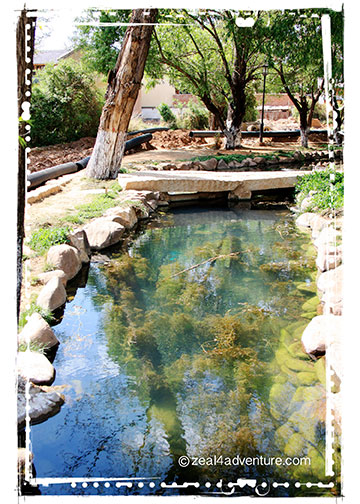






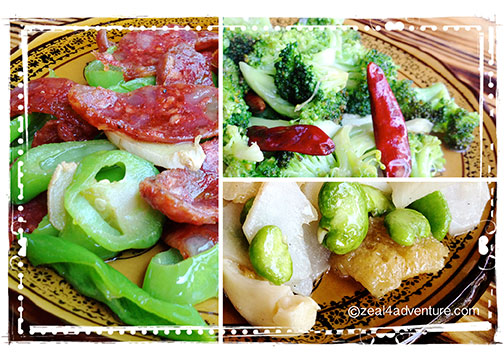



















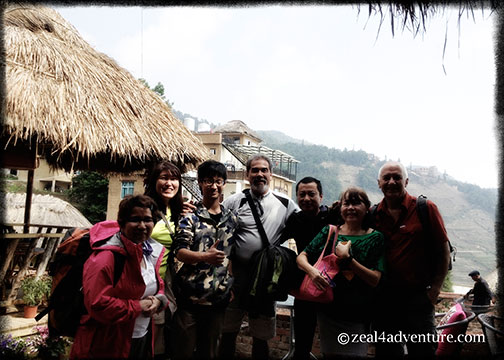




























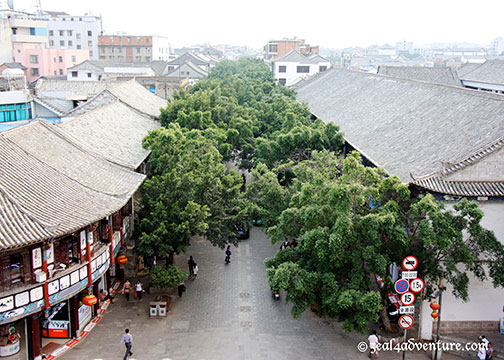













 It was home to aristocrats back in those days when the village was downtown Seoul hence the many traditional houses dating back to the Joseon Dynasty.
It was home to aristocrats back in those days when the village was downtown Seoul hence the many traditional houses dating back to the Joseon Dynasty.




